
The Best Sales Podcasts to Elevate Your Selling Game in 2024
Looking for the best sales podcasts to boost your numbers and master the art of the deal? With over 10,000 podcasts to choose from, you’ve
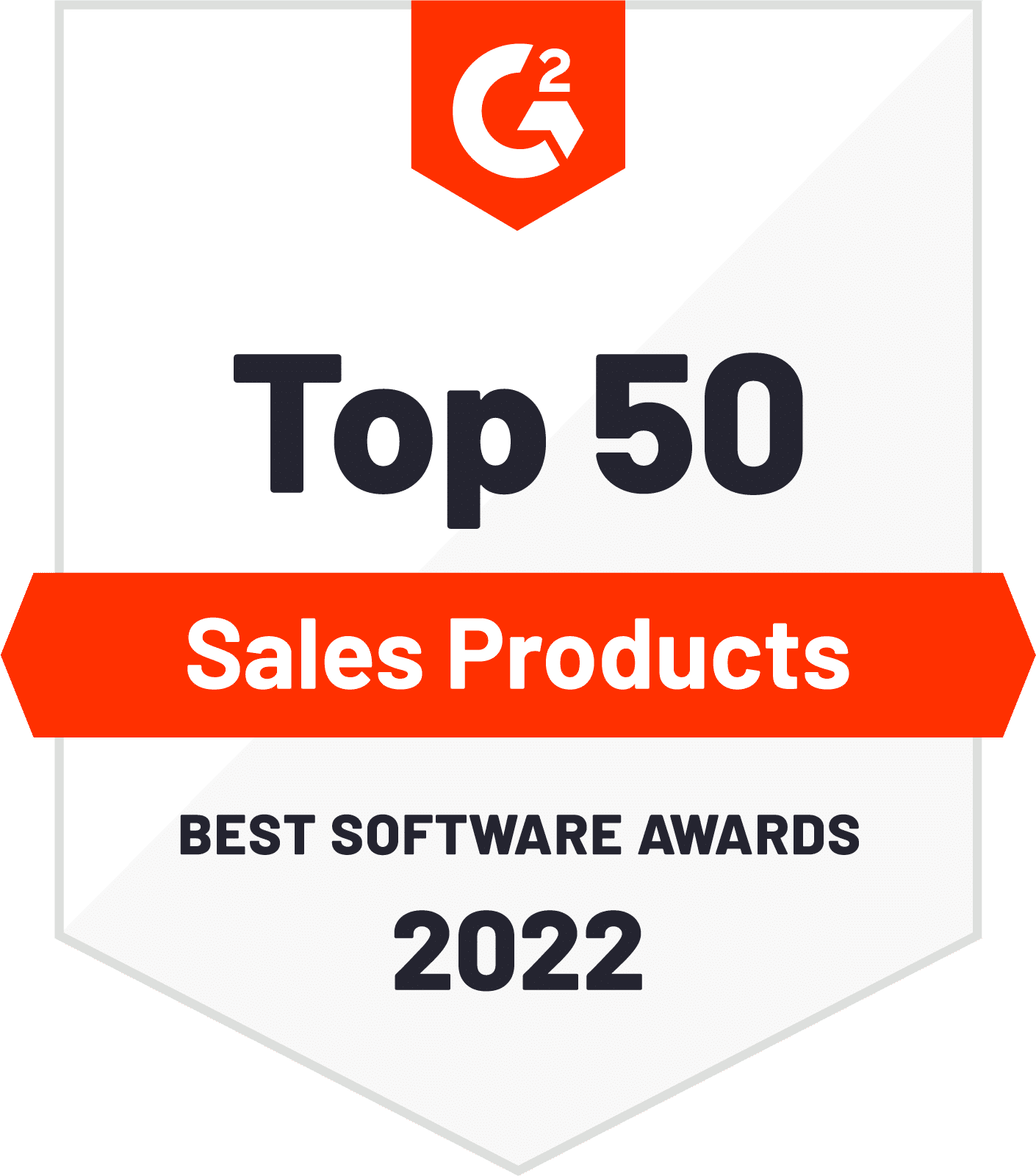
Discover the most popular emerging best practices in sales!
Hear from sales thought leaders from across the country!
Get your hands on our reports, checklists, and more!

Discover the most popular emerging best practices in sales!
Hear from sales thought leaders from across the country!
Get your hands on our reports, checklists, and more!

Looking for the best sales podcasts to boost your numbers and master the art of the deal? With over 10,000 podcasts to choose from, you’ve

Measuring the right sales productivity metrics is crucial for any sales team looking to boost its performance. This guide unveils essential metrics such as lead

Have you ever felt overwhelmed by the sheer number of tools and software at your disposal? Many sales teams find themselves juggling multiple tools, each
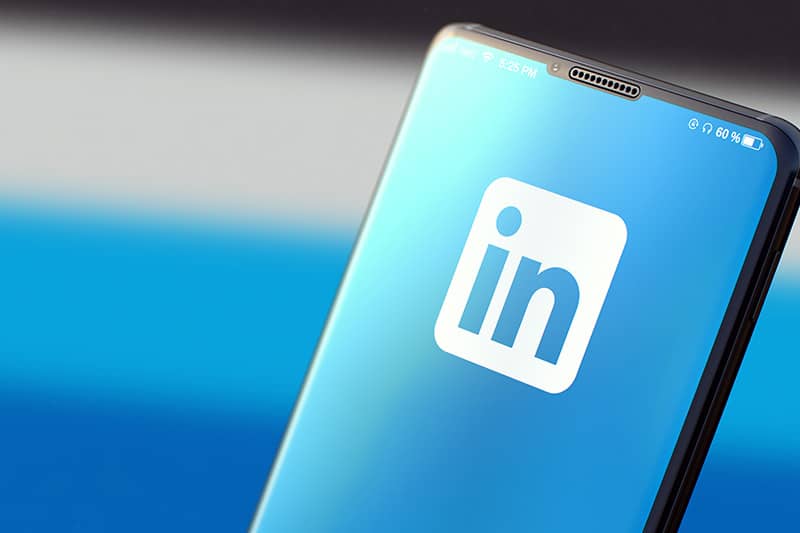
In the ever-evolving digital landscape, LinkedIn InMail has emerged as a powerful tool for professionals to connect and engage with their target audience. For example,

Whether you’re a beginner, intermediate or inside sales expert, we can all agree on a few things. One; sales is no longer just about high

Thanks to our increasingly hectic lifestyles, nobody’s got time to waste anymore. Especially not on strangers trying to hawk one thing or another. Factor in

Imagine delving into the extraordinary life of a man who scaled the heights of Wall Street, only to come crashing down in a whirlwind of
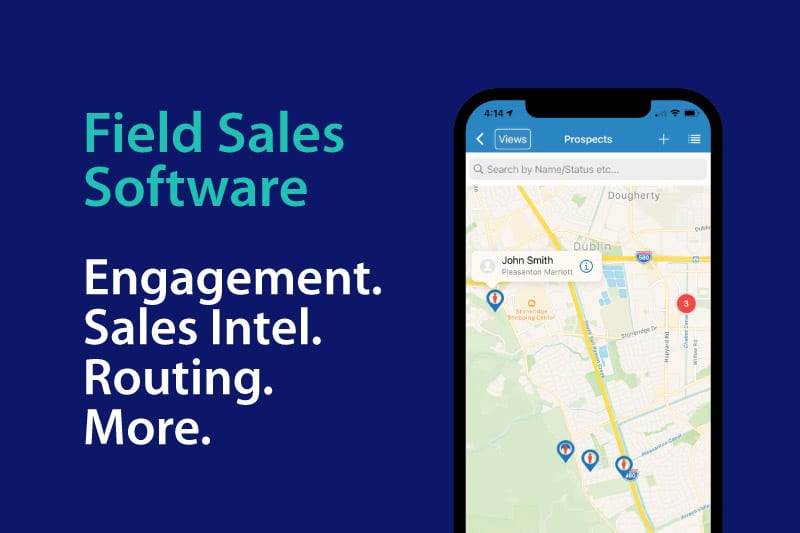
As travel restrictions continue to ease and field sales representatives hit the road once again, it’s crucial to empower them with the right tools and

In the world of sales, the power of an effective message cannot be underestimated. The right words delivered to the right audience can be the

Are you interested in a career in solar sales? The solar industry is growing rapidly, and by 2024, it’s estimated that 2.5% of all U.S. homes will

Conducting proper win-loss analyses is hands down the most cost effective way to generate essential insights required to grow your business. Understanding why one prospect

Click below to listen to the blog post. Veloxy strives for accessibility. In 2018, Salesforce found that only 57% of salespeople expected to hit their quota. Jump

As forward-thinking companies transition from traditional sales enablement to revenue enablement, it’s important to understand that 42% of businesses still don’t have a sales enablement program. That’s

Did you know that asking questions makes it more likely for customers to approve of you? It’s true. Research conducted at Harvard University suggests asking questions improves
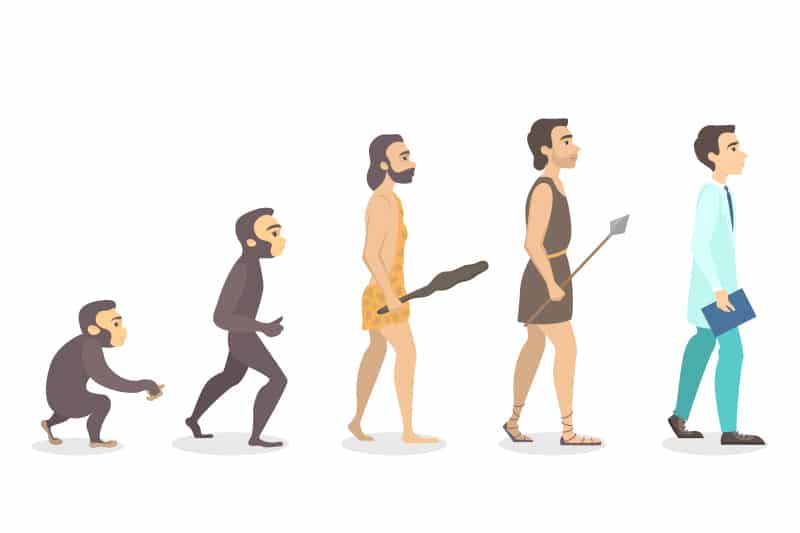
For four straight years, Salesforce has found that over 75% of buyers want sellers to always act as a trusted advisor. On top of that, they want

The U.S. Bureau of Labor Statistics reports that the demand for Sales Operations and Research Analysts has spurred a 25% job growth rate—over three times the
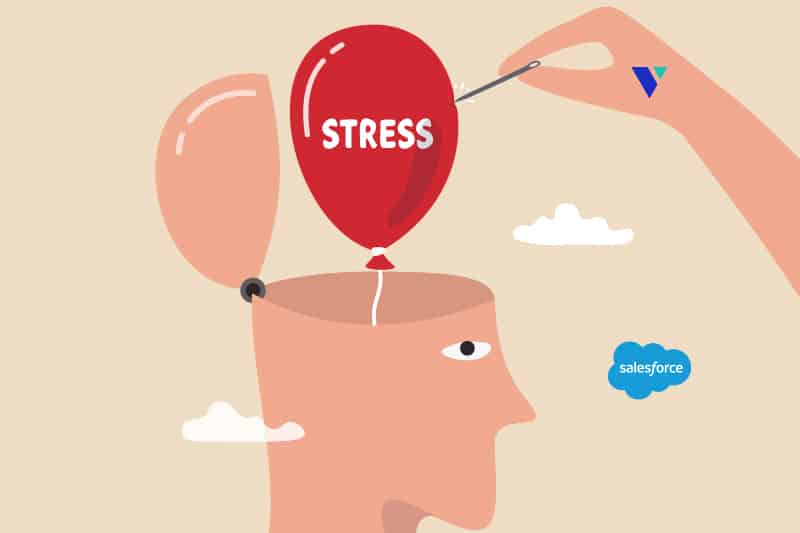
There are many factors that cause sales stress. Pressure to hit quota. Leads that cancel meetings. Rumors of downsizing or demotions. The list of stress
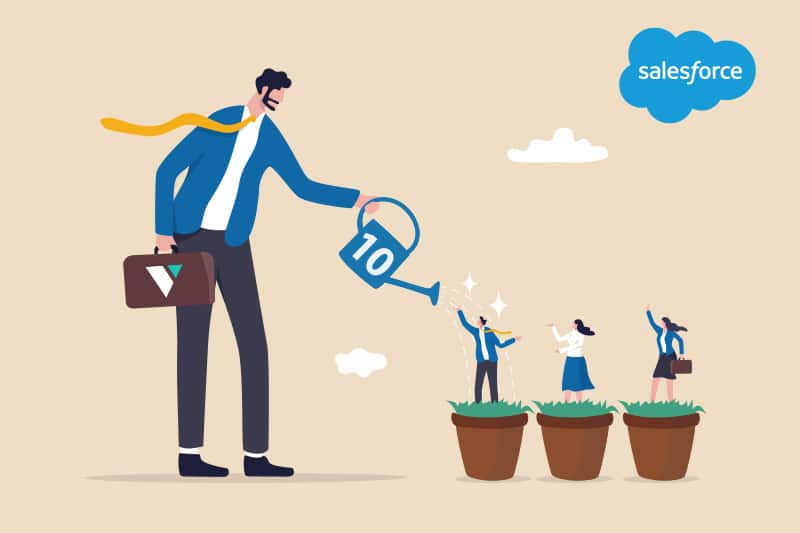
Veloxy is a powerful Salesforce automation platform for streamlining the sales process, accelerating sales cycles, and improving Salesforce adoption. It includes a Salesforce inbox sidebar,

The Golden Rule. This is the moral principle that teaches people to treat others as they would want to be treated. It has been taught
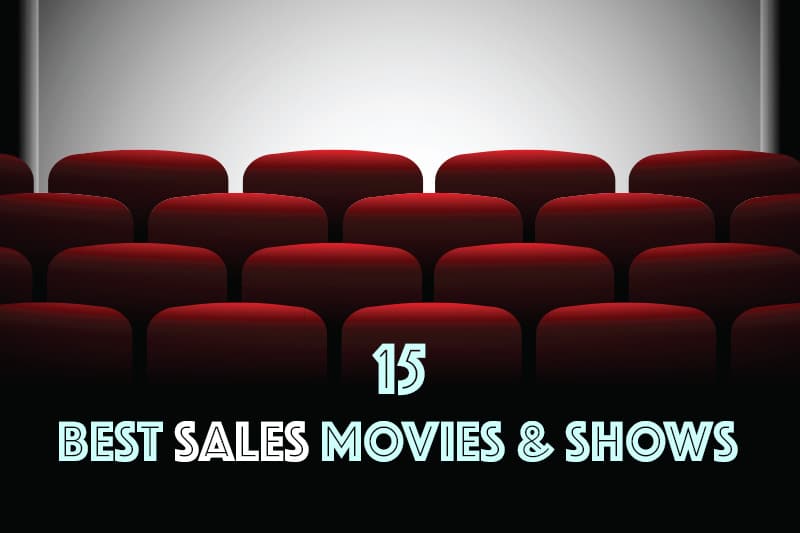
Nothing pulls you out of a rut faster than an inspirational quote from your favorite movie. From Vito Corleone’s “Great men are not born great,

We make your life easier so you can make revenue faster.
© 2021 Veloxy IO. All Rights Reserved.